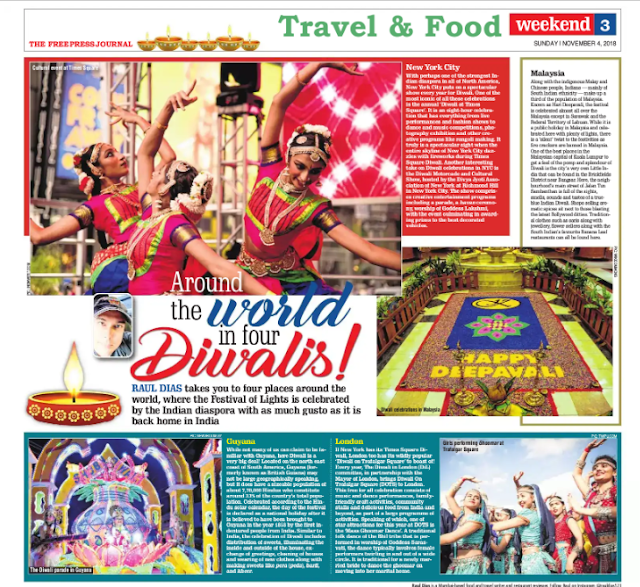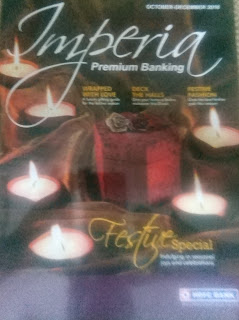With an enviable location perched on the banks of the iconic Dubai Creek, the stylish new Zabeel House Al Seef by Jumeirah is a swanky new addition to the city’s booming hotel scene. Raul Dias gives you four reasons why you need to stay here on your next jaunt to the glitzy Emirate of Dubai.
By Raul Dias
1. Location, Location, Location
As the second hotel in Jumeirah’s new ‘Upscale Casual’ collection, Zabeel House Al Seef—which opened its doors in June this year—offers a chilled-out, hip, loft-style vibe on the south banks of Dubai Creek with a rooftop pool offering up views of the megalopolis to die for. Just like this hotel that it houses, Al Seef is a new district of 90 restaurants and 350 retail outlets, all nestled on the banks of Dubai Creek. It’s the perfect jumping-off point to explore the older parts of Dubai including the wind towers, galleries and cafes of Al Fahidi; the spice, textile and gold souks; and the old homes of Al Shindigha. The hotel is also conveniently located for exploring other parts of the city with Downtown Dubai, Dubai Mall and the beaches of Jumeirah just 15 minutes away.
2. Cocoons of Bliss
With 200 rooms, the hotel caters to all sorts of travellers, offering three different sized rooms for the solo traveller, couples or families. Think king-size B&B Italia mattresses in the ‘Plush’ and ‘Suite’ rooms or Simmons mattresses in the popular rooms, oversized oak dining and work tables, minimalist wardrobe spaces, hammocks for lounging on when reading, contemporary art on the walls and ceilings inspired by Dubai and you’ll get our drift. Enjoy more luxe amenities in the form of free-standing bathtubs for that ultimate soak—all complete with organic liquid toiletries by OSME, signature black SMEG mini bars, N’espresso coffee machines and a SuitePad, perfect for making plans for the days ahead or simply for ordering that late-night snack!
3. Edible Wonders
Speaking of food, there’s much to be said about the legendary food and beverage scene in Dubai, and this hotel has a lot to offer on that front! Chapters is not your normal lobby bar, as you are encouraged to settle in for a while with one of the books pulled down from the surrounding bookcases. Through the lobby you’ll find Nyon serving Mediterranean and Middle-Eastern bites throughout the day. Don’t forget to check out the black and white photographs on display here that showcase some of the world’s most iconic cities. A recent addition to the hotel’s F&B scene, Skafos is a wonderful alfresco gastro restaurant reaching out over the waters of Dubai Creek, the ideal spot to watch the dhows and abras cruise past. Seven floors above, the Sol Sky Bar sits on the brim of the rooftop pool with a cocktail menu to match the variety of panoramic views of the city.
4. R&R at its Best
The vast open-plan lobby provides the perfect location for catch-ups with colleagues, clients or friends. Here is where you are first welcomed into the hotel with a ginger shot mixed with fresh saffron from the Spice Souk and pure honey from Yemen. From the group of human sculptures raising their hats to you as you enter the hotel, to the abstract art display called the ‘cityscape’ which portrays Dubai’s transformation and the stereos that adorn the reception desk and the spa, there’s design details to inspire at every turn. And if you’re looking for zen throughout your stay, the hotel has a well-equipped indoor gym, complete with sauna, steam room and two treatment rooms. For the outdoorsy kind, head out for a run on the 2-kilometre promenade that stretches from the hotel alongside the Creek.
By Raul Dias
1. Location, Location, Location
As the second hotel in Jumeirah’s new ‘Upscale Casual’ collection, Zabeel House Al Seef—which opened its doors in June this year—offers a chilled-out, hip, loft-style vibe on the south banks of Dubai Creek with a rooftop pool offering up views of the megalopolis to die for. Just like this hotel that it houses, Al Seef is a new district of 90 restaurants and 350 retail outlets, all nestled on the banks of Dubai Creek. It’s the perfect jumping-off point to explore the older parts of Dubai including the wind towers, galleries and cafes of Al Fahidi; the spice, textile and gold souks; and the old homes of Al Shindigha. The hotel is also conveniently located for exploring other parts of the city with Downtown Dubai, Dubai Mall and the beaches of Jumeirah just 15 minutes away.
2. Cocoons of Bliss
With 200 rooms, the hotel caters to all sorts of travellers, offering three different sized rooms for the solo traveller, couples or families. Think king-size B&B Italia mattresses in the ‘Plush’ and ‘Suite’ rooms or Simmons mattresses in the popular rooms, oversized oak dining and work tables, minimalist wardrobe spaces, hammocks for lounging on when reading, contemporary art on the walls and ceilings inspired by Dubai and you’ll get our drift. Enjoy more luxe amenities in the form of free-standing bathtubs for that ultimate soak—all complete with organic liquid toiletries by OSME, signature black SMEG mini bars, N’espresso coffee machines and a SuitePad, perfect for making plans for the days ahead or simply for ordering that late-night snack!
3. Edible Wonders
Speaking of food, there’s much to be said about the legendary food and beverage scene in Dubai, and this hotel has a lot to offer on that front! Chapters is not your normal lobby bar, as you are encouraged to settle in for a while with one of the books pulled down from the surrounding bookcases. Through the lobby you’ll find Nyon serving Mediterranean and Middle-Eastern bites throughout the day. Don’t forget to check out the black and white photographs on display here that showcase some of the world’s most iconic cities. A recent addition to the hotel’s F&B scene, Skafos is a wonderful alfresco gastro restaurant reaching out over the waters of Dubai Creek, the ideal spot to watch the dhows and abras cruise past. Seven floors above, the Sol Sky Bar sits on the brim of the rooftop pool with a cocktail menu to match the variety of panoramic views of the city.
4. R&R at its Best
The vast open-plan lobby provides the perfect location for catch-ups with colleagues, clients or friends. Here is where you are first welcomed into the hotel with a ginger shot mixed with fresh saffron from the Spice Souk and pure honey from Yemen. From the group of human sculptures raising their hats to you as you enter the hotel, to the abstract art display called the ‘cityscape’ which portrays Dubai’s transformation and the stereos that adorn the reception desk and the spa, there’s design details to inspire at every turn. And if you’re looking for zen throughout your stay, the hotel has a well-equipped indoor gym, complete with sauna, steam room and two treatment rooms. For the outdoorsy kind, head out for a run on the 2-kilometre promenade that stretches from the hotel alongside the Creek.
Zabeel House Al Seef
al Seef, Dubai Creek
PO BOX 35449, Dubai UAE
Tel: +971-4-7077077
reservtions@zabeelhouse.com
(An edited version of this article first appeared in the 18th November 2018 issue of The Free Press Journal newspaper's Weekend section on page 3 http://epaper.freepressjournal.in/m5/1900464/Free-Press-Mumbai-Edition/18-Nov-2018#page/13/1)





